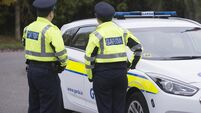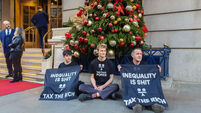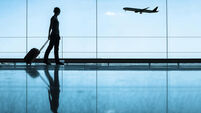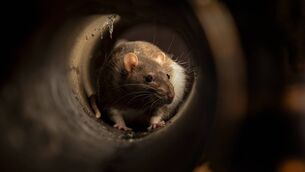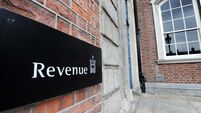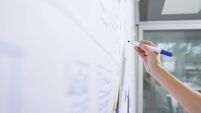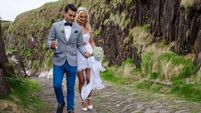Soldiers to be screened at Saville Inquiry
The Bloody Sunday Tribunal in Derry has granted two British soldiers the right to be screened from public view when giving evidence to the inquiry later this year.
Lord Saville, the tribunal chairman, cited the European Convention on Human Rights when granting the privilege to so-called Soldiers B and J.







